How much does a motorcycle cost?? Motorcycles come in a wide range of styles, sizes, and functionalities, leading to significant variations in their prices. Whether you are a beginner or an experienced rider looking to upgrade, understanding the average cost of different types of motorcycles can help you make informed decisions. How much does a decent motorcycle cost and what is the average cost of a motorcycle? This comprehensive guide explores the average price of a motorcycle, considering factors that influence these costs, including features, brands, and market trends.
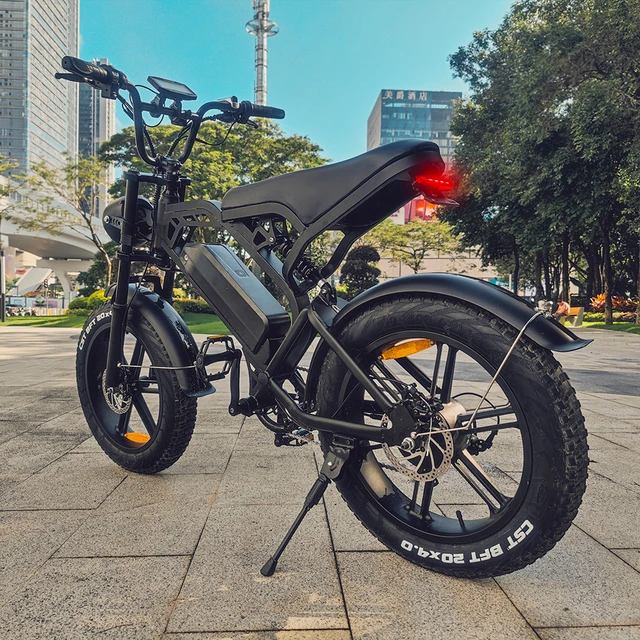
How Much Does an Average Motorcycle Cost?
Factors Influencing Average Cost for a Motorcycle
What is the average price for a motorcycle? Several factors determine the cost of a motorcycle, influencing the overall price range for different models. Understanding these factors helps in evaluating the value for money and making a wise investment. How much a motorcycle cost?
Engine Size and Power: One of the primary factors affecting motorcycle prices is the engine size, which is measured in cubic centimeters (cc). Motorcycles with larger engines typically offer more power and speed, resulting in higher costs. For instance, a bike with a 250cc engine will cost significantly less than one with a 1000cc engine.
Brand and Manufacturer: Renowned brands like Harley-Davidson, Ducati, BMW, and Honda often command higher prices due to their reputation for quality, performance, and reliability. Lesser-known or new brands may offer more affordable options but might lack the established trust and extensive service networks.
Technology and Features: Modern motorcycles come equipped with advanced technologies and features such as ABS (Anti-lock Braking System), traction control, ride modes, and advanced suspension systems. More features usually mean a higher price tag.
Type and Style: Different types of motorcycles—such as cruisers, sport bikes, touring bikes, adventure bikes, and dirt bikes—cater to various riding preferences and hence have different price ranges. Each style also comes with its specific set of features and components, influencing the overall cost.
Customization and Accessories: The level of customization and additional accessories can significantly impact the price. Custom paint jobs, aftermarket exhausts, enhanced lighting systems, and specialized seats increase the cost of the motorcycle.
Market Trends and Economy: Economic conditions and market trends also influence motorcycle prices. High demand, supply chain disruptions, and economic conditions can lead to price fluctuations.
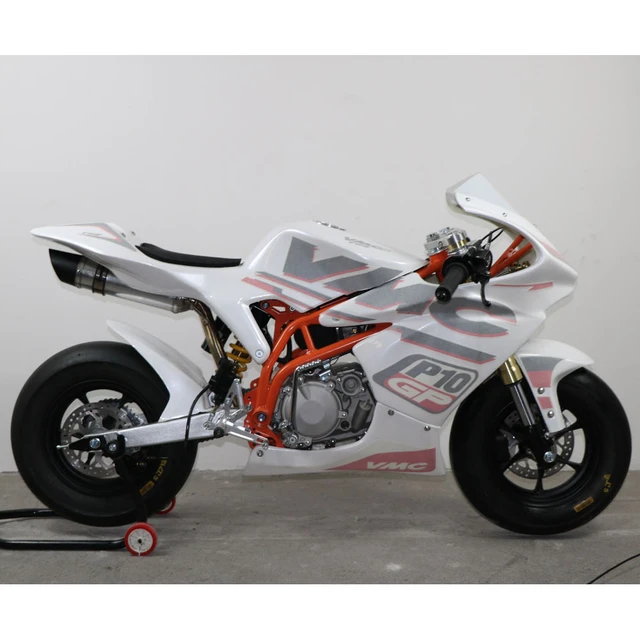
Average Price of a Motorcycle
How much is the average motorcycle? Motorcycles are categorized into various types based on their purpose, design, and riding style. Here’s a breakdown of the average prices for different motorcycle categories.
Entry-Level Motorcycles: Entry-level motorcycles, often suitable for beginners, are typically smaller in engine size and simpler in design. These bikes usually range from $4,000 to $7,000.
Commuter Bikes: Designed for daily commuting and fuel efficiency, commuter bikes generally cost between $3,000 and $5,000. Models in this category focus on practicality and ease of use.
Cruisers: Cruisers, known for their comfortable ride and classic designs, average between $8,000 and $15,000. Premium models from leading brands can exceed this range, especially with customizations.
Sport Bikes: Sport bikes are built for speed and agility, often featuring advanced technology. Average prices range from $10,000 to $20,000, with high-end models costing significantly more.
Touring Bikes: Designed for long-distance travel, touring bikes come with numerous comfort features and storage options. The average price ranges from $15,000 to $30,000, with top-tier models going beyond this range.
Adventure Bikes: Adventure bikes are versatile, capable of handling both on-road and off-road rides. Average prices fall between $10,000 and $20,000, depending on the features and capabilities.
Dirt Bikes: Built for off-road use, dirt bikes are generally less expensive, ranging from $3,000 to $10,000. Professional-grade models for serious off-road enthusiasts can be priced higher.
Electric Motorcycles: Electric motorcycles are gaining popularity, with prices varying significantly based on battery range and performance. On average, these bikes cost between $8,000 and $20,000, with some high-performance models exceeding $30,000.
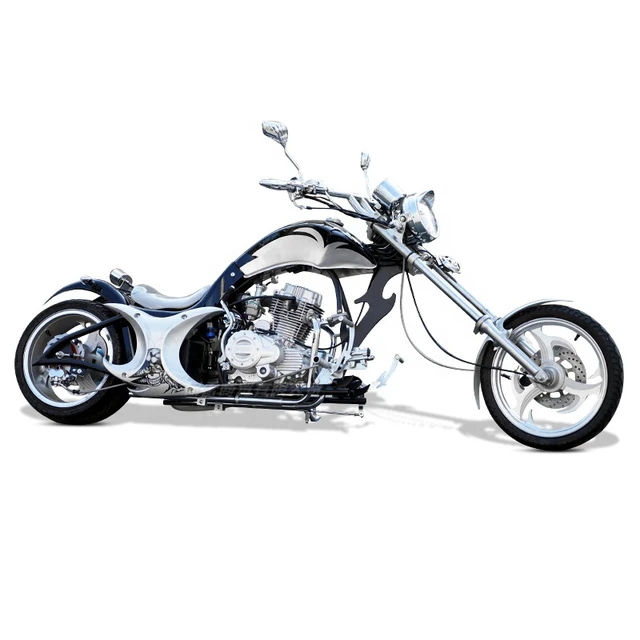
Comparing New and Used Motorcycle Prices
How much do motorcycles cost? Deciding between a new and used motorcycle involves considering various factors. Both options have their advantages and price implications.
New Motorcycles: Purchasing a new motorcycle ensures you get the latest model with a full manufacturer’s warranty. New bikes come with cutting-edge technology, no prior usage wear, and the assurance of reliability. However, new motorcycles can depreciate quickly and generally come with higher price tags.
Used Motorcycles: Used motorcycles offer significant cost savings and allow access to higher-end models at lower prices. Used bikes often come with some degree of wear and tear and may have limited or no warranty. Prices can vary widely based on the bike’s age, condition, mileage, and maintenance history.
Depreciation Rate: Motorcycles depreciate differently compared to cars. The first year usually sees the most significant depreciation, with the rate tapering off in subsequent years. Understanding depreciation helps in evaluating the value of both new and used motorcycles.
Inspection and Maintenance: When buying used, a thorough inspection by a professional mechanic is crucial to assess the bike’s condition. Maintenance records can provide insight into how well the bike has been cared for and any issues that may affect its longevity.
Tips for Reducing Average Motorcycle Price
How much do motorcycles cost? Several strategies can help reduce the average motorcycle cost when purchasing a motorcycle, ensuring you get the best deal without compromising quality and performance.
Timing Your Purchase: Motorcycle dealerships often offer discounts during off-peak seasons, typically in the colder months. End-of-year sales, holiday promotions, and clearance sales can provide significant savings on both new and used motorcycles.
Negotiating the Price: Don’t be afraid to negotiate the price with dealerships or individual sellers. Researching the bike’s market value and being prepared with comparable prices can strengthen your position during negotiations.
Considering Previous Year Models: Buying a previous year’s model rather than the latest release can lead to substantial savings. These models often feature the same technology and design with minimal differences, offering excellent value for money.
Exploring Financing Options: Dealerships and financial institutions offer various financing options that can make purchasing a motorcycle more affordable. Compare interest rates, loan terms, and additional costs to find the best financing deal.
Looking for Deals and Promotions: How much is a motorcycle cost? Keep an eye out for manufacturer incentives, dealership promotions, and special financing offers that can reduce the overall cost. Signing up for newsletters and joining motorcycle forums can help you stay informed about upcoming deals.
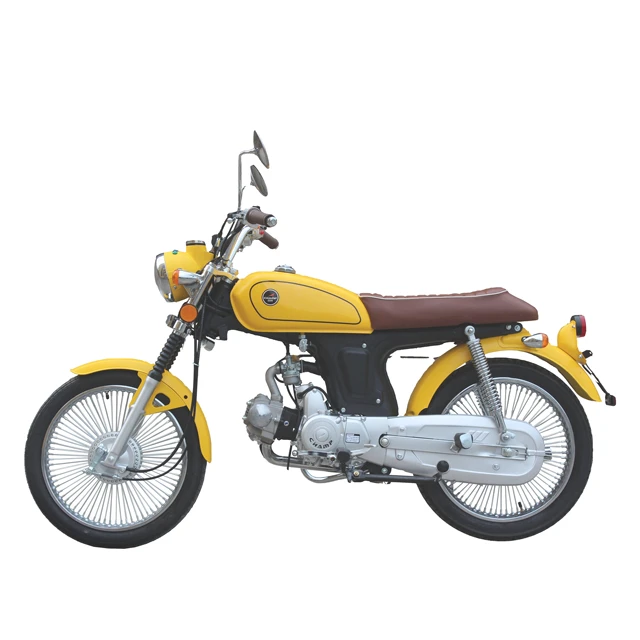
Understanding the Long-Term Costs of Motorcycle Ownership
How much do a motorcycle cost? Aside from the initial average price of a motorcycle, owning a motorcycle involves several long-term costs. Understanding these expenses ensures better financial planning and management.
Insurance: Insurance premiums vary based on factors like the bike’s type, age, engine size, and the rider’s experience. Sport bikes and high-performance motorcycles typically have higher insurance costs. Comprehensive coverage, liability insurance, and optional coverages can add to the expense.
Maintenance and Repairs: Regular maintenance, including oil changes, tire replacements, and brake checks, is essential for a motorcycle’s longevity and performance. Higher-end or specialized motorcycles may have more expensive parts and servicing costs.
Registration and Taxes: Annual registration fees and taxes are recurring costs that vary by state and country. Be sure to include these expenses in your budget when calculating the total cost of ownership.
Fuel Costs: Fuel costs depend on the motorcycle’s fuel efficiency and your riding habits. Commuter bikes generally have lower fuel costs, while high-performance and touring bikes may consume more fuel.
Storage: Proper storage is crucial, especially in regions with extreme weather conditions. Renting a storage space or investing in a robust shelter system can add to your long-term costs.
Accessories and Gear: Investing in quality riding gear like helmets, gloves, jackets, and boots is necessary for safety. Accessories such as luggage, performance parts, and customizations can also contribute to the total cost over time.
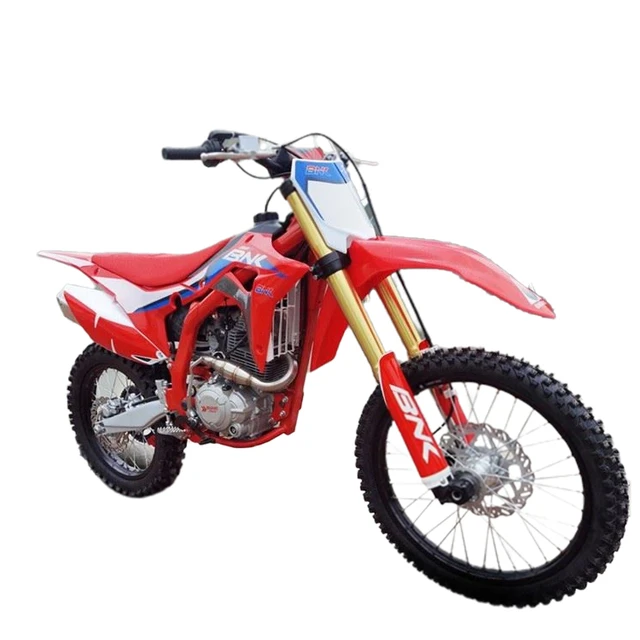
Evaluating the Average Price of a Motorcycle
How much do new motorcycles cost? Resale value is an important consideration when purchasing a motorcycle, as it affects future trade-in or sale opportunities.
Brand Reputation
Motorcycles from reputable brands like Harley-Davidson, BMW, and Honda often retain higher resale values due to their perceived quality, reliability, and strong market demand.
Maintenance Records
Well-maintained motorcycles with comprehensive service records tend to have better resale values. Regular maintenance, timely servicing, and keeping documentation can positively influence the bike’s resale price.
Model Popularity
Popular models with a large fan base or limited editions may command higher resale values. Conversely, niche or discontinued models may face challenges in fetching good resale prices.
Market Trends
Stay informed about market trends and the demand for specific types of motorcycles. Economic conditions, new model releases, and changing preferences can impact resale values.
Age and Condition
How much does a motor cycle cost? Newer motorcycles in excellent condition often sell for higher prices. Keeping the bike in top shape, with minimal wear and damage, enhances its resale value.
Conclusion
How much would a motorcycle cost? The average price of a motorcycle varies widely based on factors like type, brand, features, and market conditions. Whether opting for a new or used bike, understanding these elements, along with long-term ownership costs and resale value, helps in making an informed purchasing decision. By considering popular brands, global price variations, and practical buying tips in 2024, you are better equipped to find the cost of motorcycle ownership that perfectly matches your needs and monthly cost of a motorcycle.
